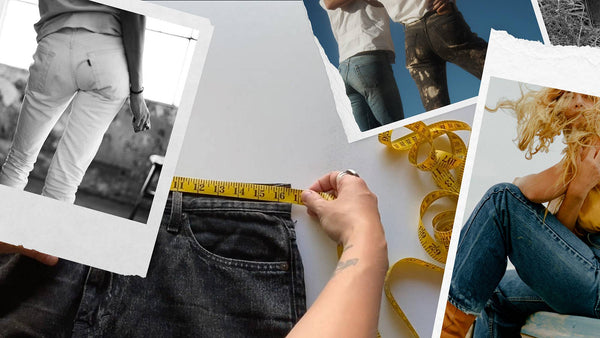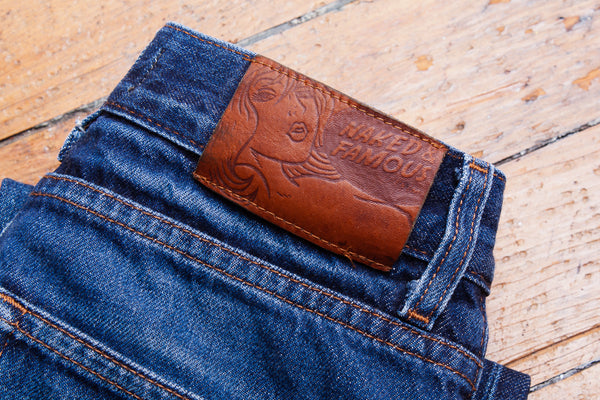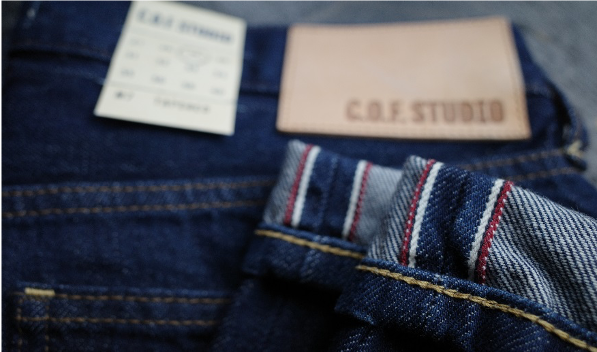Rivets – Not Just a Decoration
Front Pocket Rivet Fade February Fact #12: You may have noticed small copper or silver colour metal stamps around the pocket corners of your jeans. At first glance they can look as though they are just there for decoration, or even customization, but they do actually have a function. They are used to reinforce parts of higher stress levels on our jeans. These bad boys keeps our jeans intact. Thanks, rivets!
Continue reading



